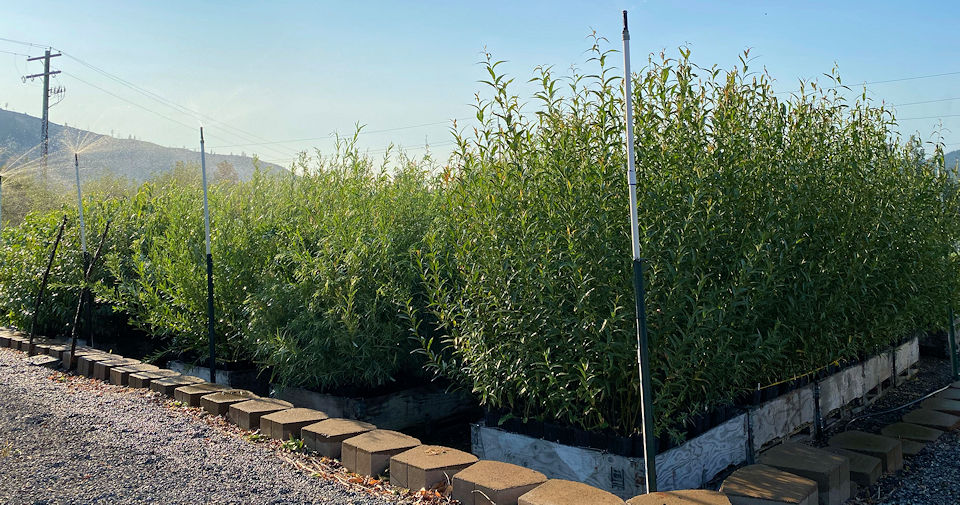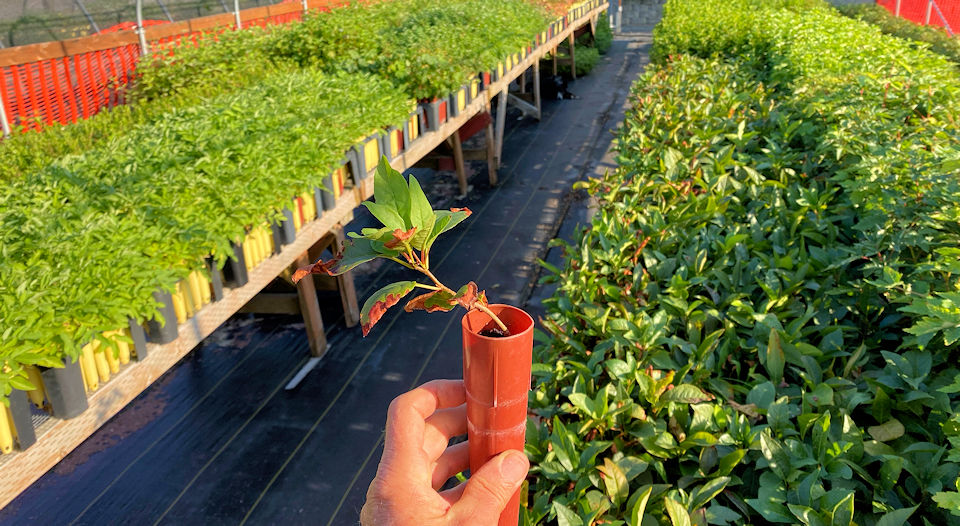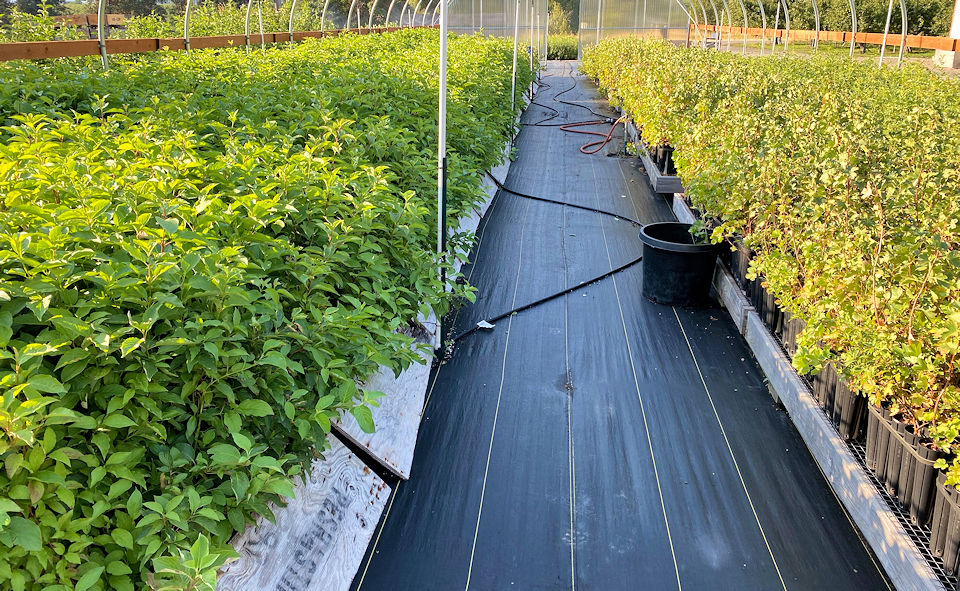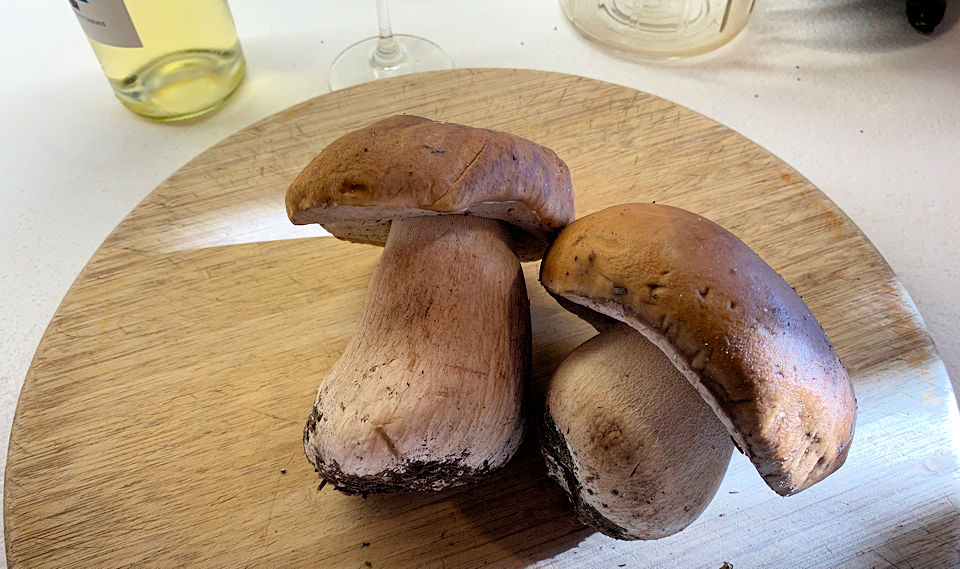A (Too) Hot Summer in the Nursery; Welcome the Fall!

These six-foot plus willows needed watering almost every day
The unprecedented heat of this summer has been a challenge for plants and people alike. With the days growing shorter, I look forward to the fall; many plants look better with the reduced stress, irrigation needs are less critical and close to two-thirds of our sales occur as we send out plants for restoration projects.
Damage to a chokecherry seedling (Prunus virginiana) from late June high temperatures
The exceptionally hot days in late June led to considerable damage and even death for some species. We scrambled to protect many plants, learned more about the species and sizes most susceptible to damage and gained experiences we will apply in coming years with the very hot summers expected with climate change. More shade cloth, shade boards and cooling irrigation sets are in order.
Shade boards (seen here with red osier dogwood (Cornus stolonifera)) placed on the south and west sides of plant container blocks limited heat damage to the roots
The summer and fall is when most of the seed collection from native plants occurs in the varied environments of North Central Washington. Seed collection often begins with arrowleaf balsamroot (Balsamorhiza sagitata) in early May and concludes with sagebrush (Artemisia tridentata) in November.

We sow the seeds of most species in the fall but the seeds of some species are sown in August as they need a lengthy period of warmth (65-80F) in order to germinate in late winter. Species in the genus’s Mahonia and Arctostaphylos are in this group, among others. Some species have seeds that require additional treatment to get them to mostly germinate when we want them to. We use sulfuric acid to good effect on the seeds of kinnikinnick (Arctostaphylos uva-ursi). The results haven’t been as good for us with the seeds of two other Arctostaphylos species, greenleaf manzanita (A. patula) and pinemat manzanita (A. nevadensis). Our best germination results come with the use of FIRE!
Four inches of flaming pine needles atop sown flats has worked pretty well
We do find time in the summer before the busy fall season to get away from the nursery and take advantage of some of the great things this part of the state offers, like hiking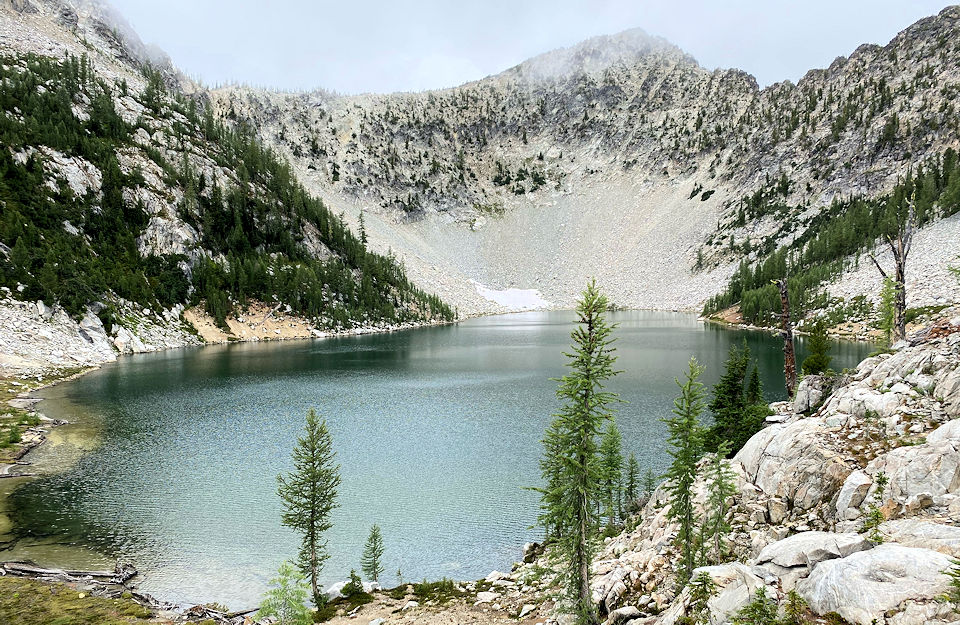
Fern Lake in the upper Entiat Valley
Boletus edulis, aka king bolete or porcini
We will have three weekends in September for retail sales, by pre-order only, before our schedule gets too packed; see details above. I hope to see some of you then!
We have blueleaf strawberry (Fragaria virginiana) in abundance; want any?
